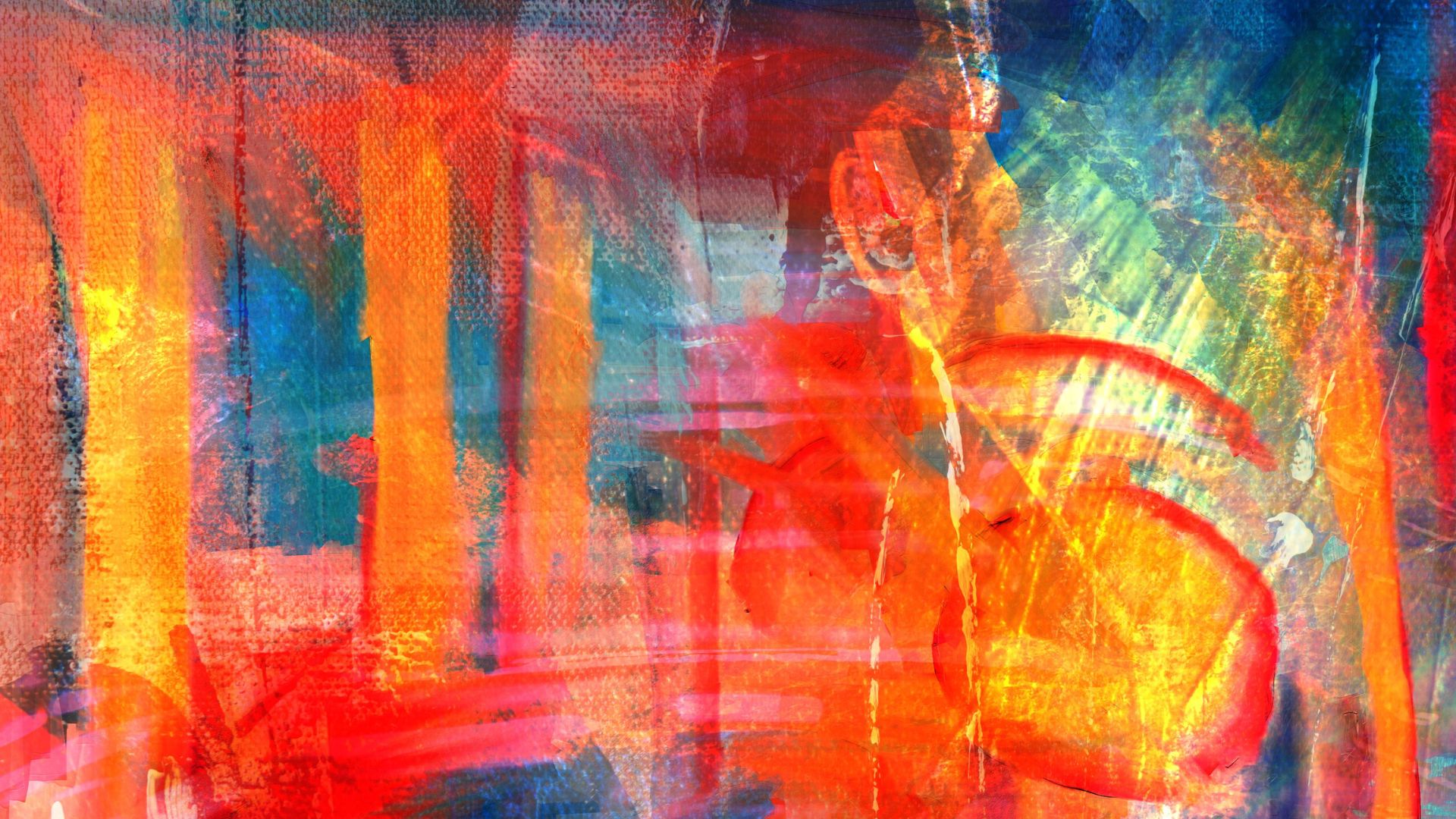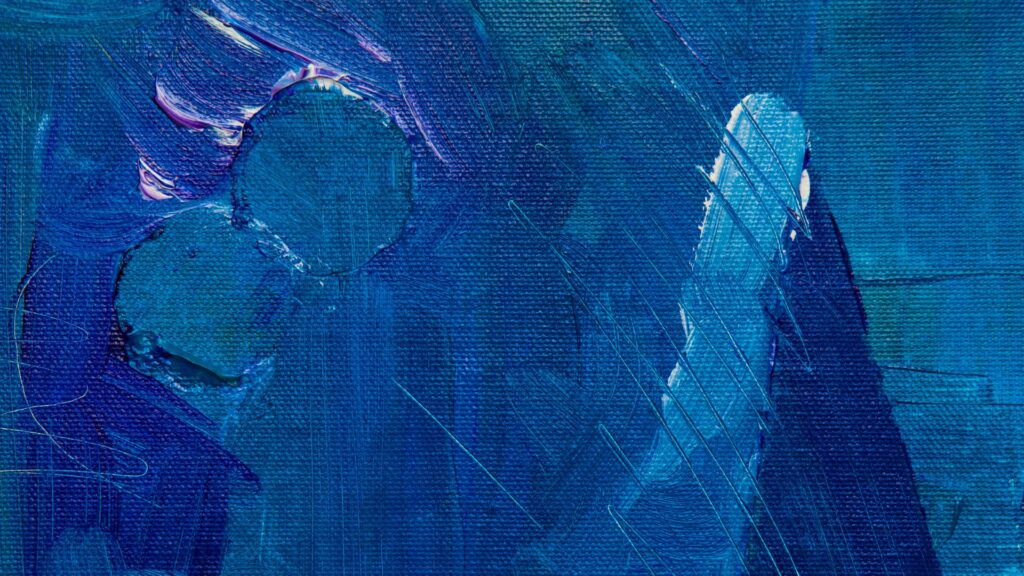
Top 10 techniques for stunning oil paintings
Top 10 techniques for stunning oil paintings
Oil painting has long been admired for its rich colours, depth, and luminous finish. From its use by the old masters like Rembrandt and Vermeer to its place in contemporary art, oil painting remains a favourite medium for artists worldwide. Its versatility allows for a wide range of techniques that can add texture, depth, and detail to a painting. Whether you’re a beginner or an experienced artist, mastering various oil painting techniques is key to unlocking the full potential of this medium.
In this article, we’ll explore the top 10 techniques used in oil painting and how they can elevate your artwork:
- Mastering the techniques: The first step is to know them
- List of techniques
- Explanation of techniques
- Tips for mastering oil techniques
- Versatility par excellence: Master the techniques and unleash the artist in you

Mastering the techniques: The first step is to know them
Oil painting offers artists the ability to create vibrant, detailed works of art, making it one of the most beloved mediums in history. Its slow drying time and unique texture allow for endless creative possibilities, from soft, blended shadows to thick, textured brushstrokes. Techniques play a crucial role in shaping the final outcome, giving paintings dimension, atmosphere, and the fine details that make them stand out. Understanding and mastering these techniques will help you create oil paintings that capture light, shadow, and detail in stunning ways.
List of techniques
Here are the top 10 oil painting techniques every artist should explore:
- Glazing
- Impasto
- Scumbling
- Blending
- Underpainting
- Dry Brushing
- Wet-on-Wet
- Palette knife painting
- Lifting out
- Palette glazing
Explanation of techniques
Glazing
- Description: Glazing involves applying thin layers of transparent paint over dry layers of paint. This technique creates depth, luminosity, and a rich, glowing effect by allowing light to pass through the layers and reflect off the underpainting.
- How to Execute: Once your base layer has dried, apply a thin layer of transparent paint mixed with a medium (like linseed oil or a glazing medium). Use a soft brush to apply it gently, and allow it to dry before adding another layer.
- When to Use: Glazing is ideal for adding depth and complexity to your colours, particularly for skin tones, portraits, or atmospheric effects in landscapes.
Impasto
- Description: Impasto is a technique where thick layers of paint are applied to the canvas, creating texture and dimension. The paint is often applied directly from the tube, resulting in bold, sculptural brushstrokes.
- How to Execute: Use a palette knife or a thick brush to apply paint in thick, expressive layers. The key is to build up texture, allowing the paint to stand off the canvas and catch the light.
- When to Use: Impasto is perfect for adding drama and emphasis to a painting. It works well for creating texture in objects like flowers, clouds, or architectural features.
Scumbling
- Description: Scumbling involves applying a thin, broken layer of lighter paint over a dry, darker layer. This creates a soft, textured effect and can help create highlights or soften harsh lines.
- How to Execute: Using a dry brush or sponge, gently drag the paint across the surface, allowing the underlying layer to show through. Keep the paint dry to avoid too much opacity.
- When to Use: Scumbling is great for creating soft highlights, such as the light hitting the surface of a landscape or the sheen on a piece of fabric.
Blending
- Description: Blending is the technique of smoothing transitions between different colours or shades. This technique helps to create seamless gradations, particularly useful in skin tones, skies, or fabric.
- How to Execute: After applying your base layers, use a clean, dry brush or a blending tool to gently blend the edges of the paint while it’s still wet. Be careful not to overwork the paint.
- When to Use: Blending is essential for portraits, soft shadows, and smooth transitions in still life or landscape paintings.
Underpainting
- Description: Underpainting involves laying down a monochromatic base layer to establish the values and structure of the painting before adding colour.
- How to Execute: Using a single colour (often burnt umber or grey), paint a basic outline of your composition, focusing on the light and dark areas. Allow this layer to dry before building up colour layers.
- When to Use: Underpainting is often used in portraiture or still life to map out the structure and values of the subject before adding intricate details.
Dry brushing
- Description: Dry brushing is a technique where a small amount of paint is applied with a dry brush, creating a textured, scratchy effect on the canvas.
- How to Execute: Load a brush with a small amount of paint and remove the excess on a paper towel. Then, lightly drag the brush over the surface to create a rough, broken texture.
- When to Use: Dry brushing is useful for creating texture in objects like fabric, stone, or bark, as well as for adding rough details to background elements.
Wet-on-wet
- Description: Wet-on-wet is the process of applying wet paint onto an already wet layer of paint. This allows for seamless blending and soft transitions between colours.
- How to Execute: Work quickly and apply your new paint onto an already wet layer, blending as you go. The key is to maintain a wet surface to achieve soft, fluid transitions.
- When to Use: Wet-on-wet is perfect for painting smooth skies, soft shadows, or blending colours in portraits.
Palette knife painting
- Description: Palette knife painting involves using a palette knife to apply or manipulate paint, often to create texture and sharp, bold strokes.
- How to Execute: Instead of using a brush, use a palette knife to apply thick layers of paint to the canvas. This technique can be used for both precise lines and broad strokes.
- When to Use: Palette knife painting is great for creating abstract textures, bold strokes, and strong contrasts, particularly in landscapes or still life.
Lifting out
- Description: Lifting out is the process of removing some paint from the canvas to create highlights or correct mistakes.
- How to execute: While the paint is still wet, use a clean, damp cloth, sponge, or brush to gently lift paint from the surface. This can help create highlights or soft areas of light.
- When to use: Lifting out is useful when you need to correct areas of a painting, remove excess paint, or create highlights in a portrait or still life.
Palette glazing
- Description: Palette glazing is a technique where layers of transparent paint are mixed directly on the palette before being applied to the canvas.
- How to Execute: Mix your paint with a glazing medium and apply it in thin layers on the canvas. You can control the transparency of the layers by adjusting the amount of medium.
- When to Use: Palette glazing is effective for creating depth and richness in your work, particularly for glazing over darker areas in landscapes or portraits.

Tips for mastering oil techniques
To master these techniques, practice is key. Start with simple exercises, focusing on one technique at a time. For instance, try blending colours on a small canvas or practising impasto with a palette knife. Don’t be afraid to experiment—oil paint is incredibly versatile, and the more you explore, the more you’ll discover what works best for you. As you grow more comfortable with the techniques, try combining them to create more complex and dynamic effects.
Versatility par excellence: Master the techniques and unleash the artist in you
The beauty of oil painting lies in its versatility. By mastering techniques like glazing, impasto, and wet-on-wet, you can create stunning works of art with depth, texture, and vibrant colour. The key is to experiment, practice, and refine your skills over time. Each technique offers a new way to explore the potential of oil paint, and integrating them into your work will take your paintings to the next level:
- Oil painting offers a range of techniques, such as glazing, impasto, and wet-on-wet, that allow artists to create depth, texture, and vibrant effects in their artwork.
- Each technique, from underpainting to palette knife painting, can be used to achieve specific results, whether it’s enhancing realism, adding texture, or creating smooth transitions between colours.
- To master these techniques, it’s important to practice regularly and experiment with combining different methods to develop a unique style and improve overall skill.
So, grab your brushes, get your palette ready, and start creating stunning oil paintings today!